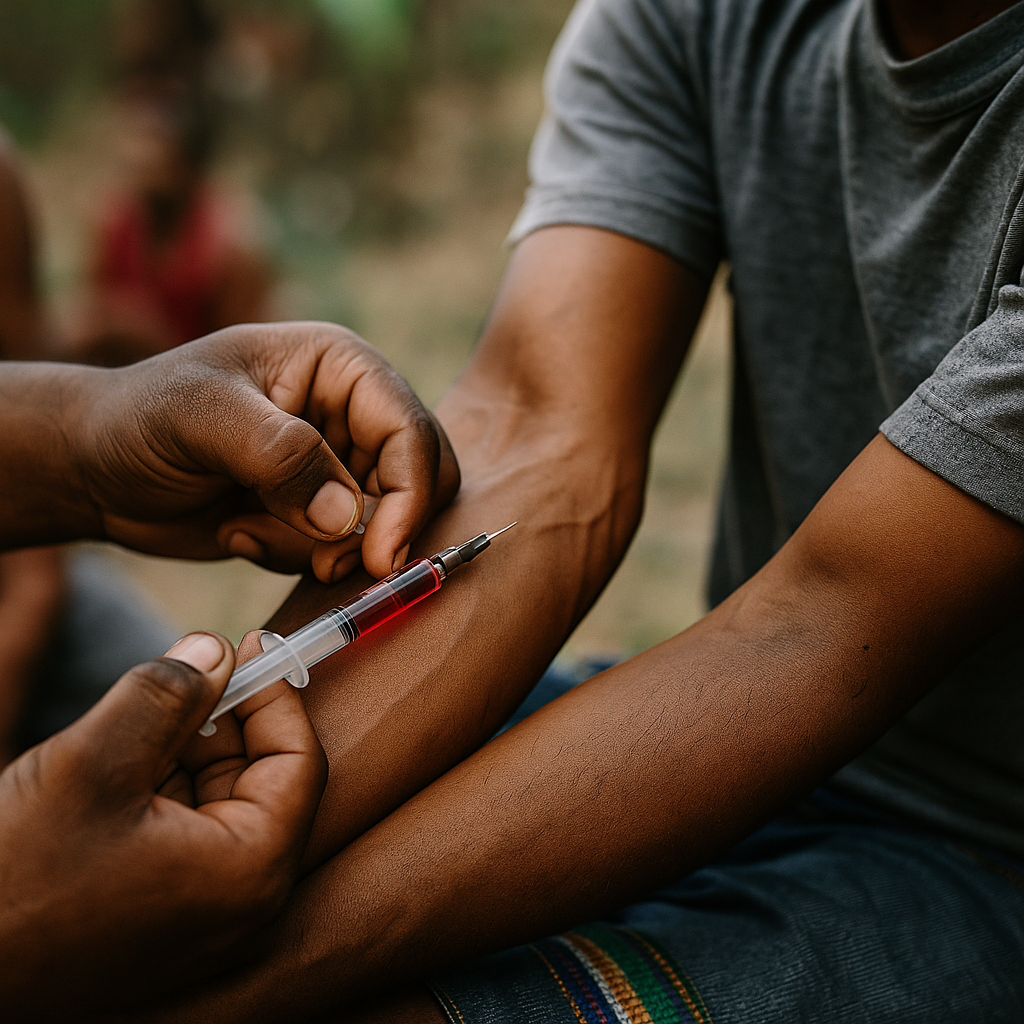WHAT IS ANEMIA?
Anemia is a shortage of hemoglobin (HGB). HGB is a protein in red blood cells. It carries oxygen from the lungs to the rest of the body.
Anemia causes fatigue, shortness of breath and dizziness. People with anemia don’t feel as good as people with a normal level of HGB. They find it harder to work. This is called having a lower quality of life.
HGB levels are measured as part of a complete blood count (CBC). See Fact Sheet 121 for more information on these laboratory tests. HGB is measured as grams per deciliter, the amount in a specific sample of blood.
Anemia is defined by the level of HGB. Most health care providers agree that HGB levels below 6.5 indicate life-threatening anemia. Normal levels are at least 12 for women and at least 14 for men.
Overall, women have lower levels of HGB. So do very old and very young people. More African-Americans have anemia than people in other ethnic groups.
WHAT CAUSES ANEMIA?
The bone marrow produces red blood cells. This process requires iron, the vitamins B12 and folic acid (or folate.) Erythropoietin (EPO) stimulates the production of red blood cells. EPO is a hormone made by the kidneys.
Anemia can be caused by the body not making enough red blood cells. It is also caused by their loss or destruction. Several factors can cause anemia:
- Too little iron, vitamin B12 or folate. A shortage of folate can cause megaloblastic anemia, where red blood cells are large and pale (see Fact Sheet 121)
- Damage to bone marrow or kidneys
- Blood loss from internal bleeding or a woman’s menstrual cycle
- Destruction of red blood cells (hemolytic anemia)
HIV infection can cause anemia. So can many opportunistic infections (see fact sheet 500) related to HIV disease.
Many drugs commonly used to treat HIV and related infections can cause anemia.
ANEMIA AND HIV
Serious anemia used to be much more common. Over 80% of people with an AIDS diagnosis had some degree of anemia. People with more advanced HIV disease, or a lower CD4 count, had higher rates of anemia.
The rate of anemia went down when people started using combination antiretroviral therapy (ART). Severe anemia has become rare. However, ART has not eliminated anemia. A large study found that about 46% of patients had mild or moderate anemia, even after one year of ART.
Several factors are linked to a higher rate of anemia in people with HIV:
- Lower CD4 cell counts (see fact sheet 124).
- Higher viral load (fact sheet 125)
- Taking AZT (Retrovir, fact sheet 411)
- Being African-American
- Being a woman
HIV disease progression is about 5 times more common in people with anemia. Anemia is also linked to a higher risk of death. Treatment of anemia seems to eliminate these risks.
HOW IS ANEMIA TREATED?
Treating anemia depends on its cause.
- First, treat any chronic bleeding. This could be internal bleeding, hemorrhoids, or even frequent nosebleeds.
- Next, correct any shortages of iron, vitamin B12 or folate.
- Stop using, or reduce the doses of medications that cause anemia.
These approaches might not work. It may not be possible to stop using all medications that cause anemia. Two additional treatments are injections of EPO, and blood transfusions.
EPO (erythropoietin) stimulates the production of red blood cells. In 1985, scientists learned how to make synthetic EPO. It is injected under the skin, usually once a week. The most common brand of EPO is Procrit®.
A large study of people with HIV found that EPO injections decreased the risk of death. Transfusions seemed to increase it. Because of the risks of transfusions, they are rarely used to treat anemia.
Blood transfusion used to be the only treatment for severe anemia. However, transfusions can cause infection and suppress the immune system. They appear to cause faster progression of HIV disease and to increase the risk of death for HIV patients.
THE BOTTOM LINE
Anemia increases fatigue and makes people feel bad. It increases the risk of disease progression and death. It can be caused by HIV infection or other diseases. Many drugs used to treat HIV and related infections also cause anemia.
Anemia has always been a problem for people with HIV and AIDS. The rate of serious anemia has dropped considerably since people started using ART. However, almost half of people with HIV still have mild or moderate anemia.
Treating anemia improves the health and survival of people with HIV. Correcting bleeding or shortages of iron, or vitamins are the first steps. If possible, medications that cause anemia should be stopped. If necessary, the patient should be treated with erythropoietin, or, in rare cases, with a blood transfusion.



